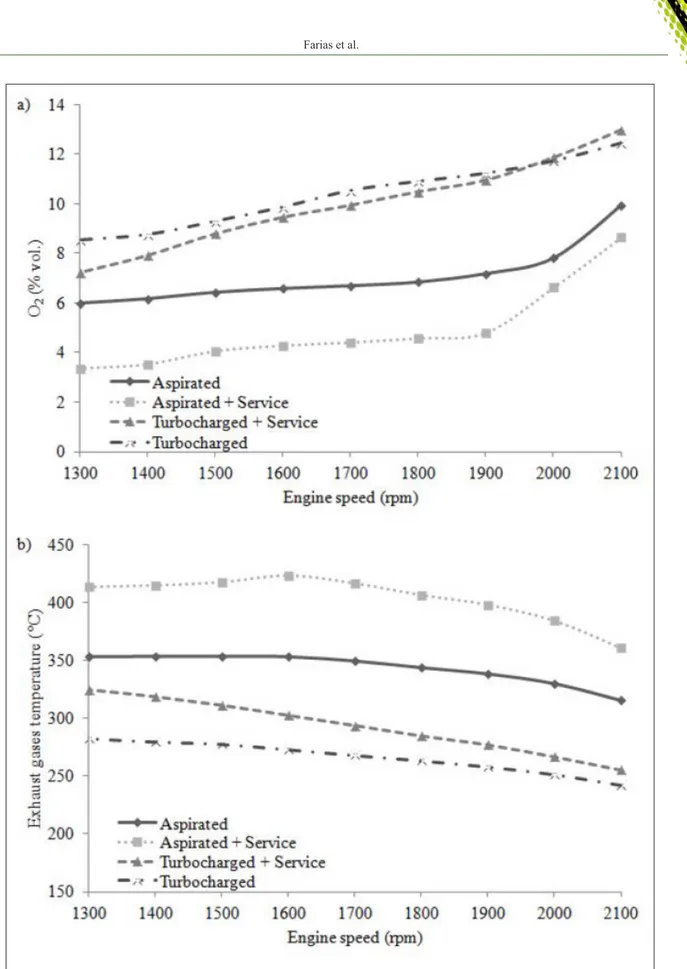Air and fuel supercharge in the performance of a diesel cycle engine
Texto
Imagem



Documentos relacionados
Use of Karanja oil methyl ester biodiesel in a CIDI engine was found highly compatible with engine performance along with lower exhaust emission as compared to diesel fuel but
The means of fuel consumption per area at the evaluated engine rotations were statistically different at 0.01 probability level, and the rotation M1 caused the lowest
The results indicate that the increase of biodiesel in mineral diesel reduces torque and power, increases the specific fuel consumption and practically does not change the
The effect of different injection parameters like fuel injection pressure, injection duration, supply voltage to injector and engine speed on the quantity of fuel injected have
The final mathematical model developed can be used to predict the Brake Thermal Efficiency and specific fuel consumption by substituting the values of the respective engine and
The effects of diesel-natural gas substitution ratios, engine speed, and load on the equivalent brake specific fuel consumption and gaseous emissions of
Further, it was found that the brake power and the volumetric efficiency of the engine drop down when the engine is powered by hydrogen, while the specific fuel consumption
The contamination of the ethanol fuel with metal ions such as copper, iron, and sodium and inorganic anions such as chloride and sulfate can affect engine performance, since salts